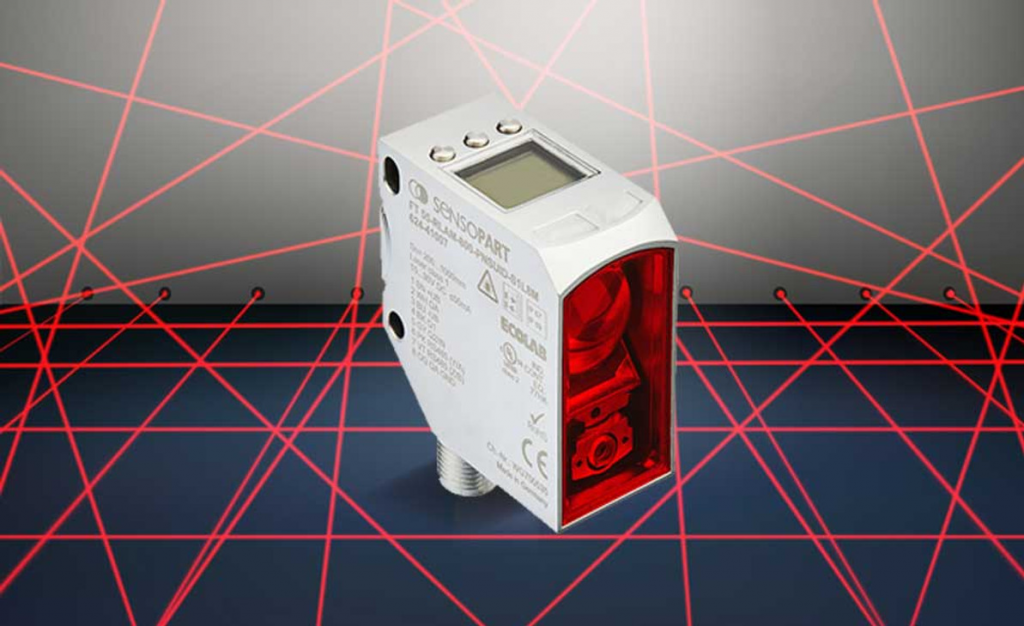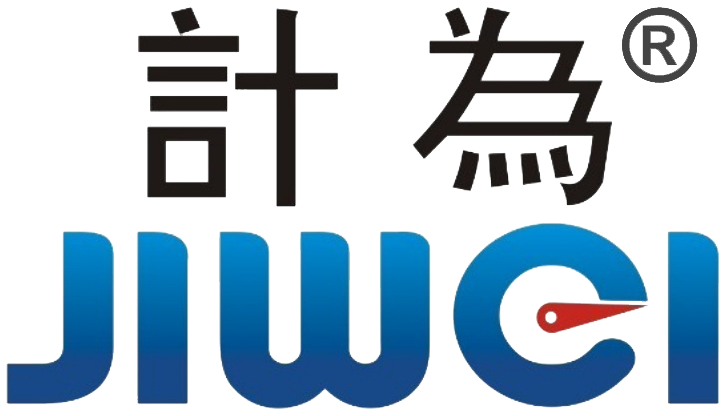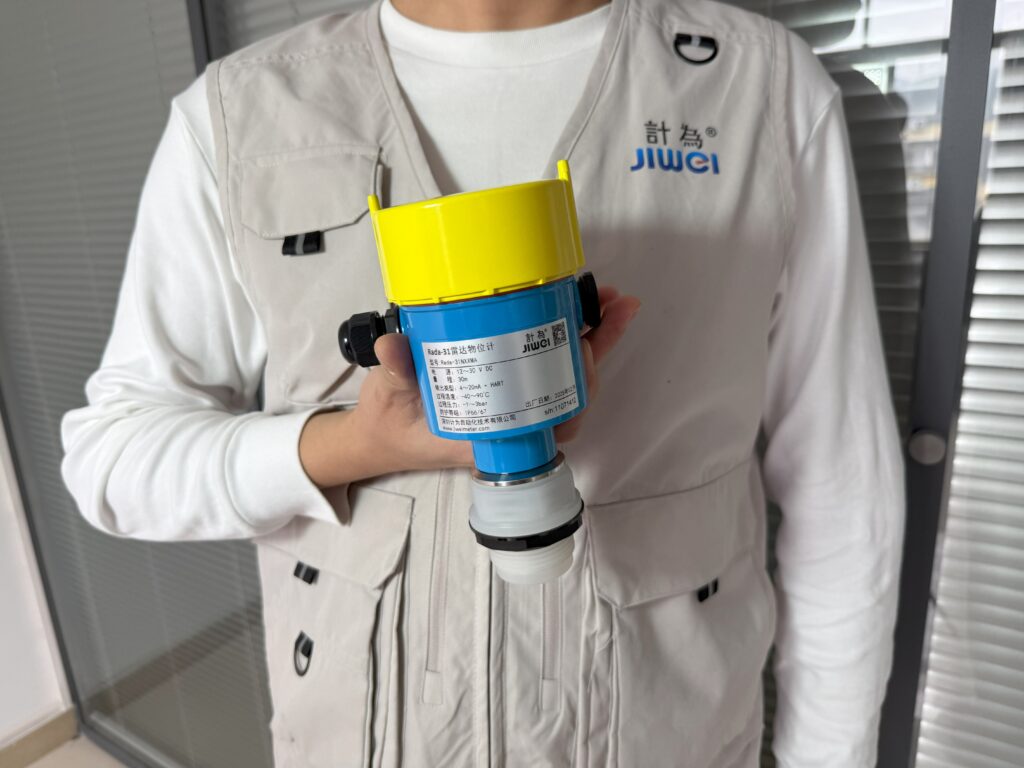Detection Systems for Stockpile Level Measurement and Their Methods
Introduction
In modern industry, the stockpile level measurement is a critical link, particularly in fields such as mining, building materials, and chemicals. Accurate stockpile level measurement not only optimizes inventory management and enhances production efficiency but also reduces material waste and environmental impact. With the continuous advancement of technology, new detection systems and methods are emerging, making stockpile management more intelligent and efficient. This article will delve into the current mainstream stockpile level measurement systems, their working principles, advantages and disadvantages, as well as application scenarios.

Overview of Detection Systems
Laser Sensors
Laser sensors determine the distance to an object by emitting a laser beam and measuring the time of flight of the reflected light. This technology offers high precision (typically up to millimeter level) and a long measurement range, making it suitable for most stockpile environments. Laser sensors may be affected by poor lighting conditions or high dust levels; however, they still demonstrate superior performance in measuring stockpile heights.

Application Case: In large mining sites, laser sensors have been applied to monitor stockpile heights in real time, assisting managers in optimizing material loading and transportation. The implementation of this system has not only improved inventory management accuracy but also reduced labor costs.
Microwave Sensors
Microwave sensors utilize emitted microwave signals to measure distances and monitor objects, making them suitable for irregularly shaped stockpiles and various complex environments. These sensors offer high measurement accuracy, can penetrate certain materials, and are unaffected by lighting and dust. However, they may experience some measurement errors under extreme weather conditions.

Application Case: In mining and material handling, microwave sensors are commonly used to monitor stockpile heights and material flow, ensuring a continuous supply of resources and efficient management. The application of these sensors enhances production efficiency and reduces the risk of material shortages.
Radar Sensors
Radar sensors use electromagnetic waves for measurement and have the advantage of being unaffected by changes in environmental temperature and pressure, making them ideal for stockpile measurement in complex conditions. Radar technology can provide high-precision measurements over long distances, particularly suitable for monitoring high-value materials, such as chemical raw materials and ores.
Application Case: In chemical plants, radar sensors are used to monitor the height of chemical raw materials. This not only ensures the stability of the production process but also enhances safety by preventing potential spills and environmental pollution risks.
Overview of Detection Methods
Continuous Monitoring
By installing multiple sensors in stockpile areas, real-time stockpile level measurement can be achieved. The advantage of this method lies in its ability to promptly capture changes in stockpile levels, allowing managers to make quick decisions, particularly in large and dynamically changing stockpile environments. Continuous monitoring not only improves data real-time but also enhances the system’s responsiveness to abnormal situations, thus reducing potential risks. For instance, in the mining and construction industries, a combination of laser and radar sensors can achieve comprehensive coverage, ensuring measurement precision and reliability.

Periodic Inspection
In small-scale or temporary stockpile areas, periodic manual inspections are a common practice. This method combines sensor data with manual verification of stockpile heights to ensure measurement accuracy. While periodic inspections are lower in cost, they are heavily reliant on personnel and carry a risk of human error. Therefore, to improve measurement reliability, periodic inspections can be combined with automated sensor data, forming a more complete monitoring system.stockpile level measurement
Data Fusion
Data fusion technology aims to combine the advantages of various detection techniques to enhance measurement accuracy and reliability. By using advanced software algorithms to integrate data from different sensors, it can effectively reduce errors that may arise from a single sensor. For example, in a stockpile site, combining measurement results from laser, ultrasonic, and radar sensors can achieve higher accuracy in height estimation. Furthermore, data fusion can improve the system’s adaptability to environmental changes, thereby enhancing the overall robustness of the monitoring system.
Intelligent Monitoring Systems
With the rapid development of artificial intelligence and Internet of Things (IoT) technologies, intelligent monitoring systems are gradually becoming a trend in the industry. These systems can analyze historical data to predict changes in stockpile levels and provide automated decision support. For instance, machine learning algorithms can analyze sensor data to identify dynamic trends in stockpiles, thereby providing early warnings of potential inventory issues. This intelligent monitoring approach not only improves work efficiency but also reduces the need for human intervention, further lowering operational risks.stockpile level measurementstockpile level measurement
Conclusion
Stockpile level measurement systems play an essential role in modern industry. With continuous technological advancements, laser, ultrasonic, and radar sensors have significantly improved in terms of accuracy, reliability, and cost-effectiveness. In the future, intelligent monitoring systems that integrate artificial intelligence and IoT technologies will become the trend. These systems can not only monitor stockpile heights in real time but also analyze historical data to predict level changes, thus providing automated decision support. This development will further promote sustainable growth across industries, bringing higher economic and environmental benefits to enterprises.
References
Kerr, J., & McMillan, A. (2019). Laser Level Measurement in Stockpiles: A Review. Journal of Automation and Control Engineering, 7(4), 275-283.
Zhou, L., & Wang, Q. (2020). Ultrasonic Level Measurement in Stockpiles: Techniques and Applications. International Journal of Measurement Technologies, 10(2), 152-160.
Smith, R., & Johnson, P. (2021). Radar Technology for Stockpile Measurement: Innovations and Case Studies. Sensors and Actuators A: Physical, 315, 112-120.
stockpile level measurement

